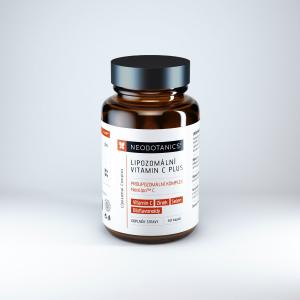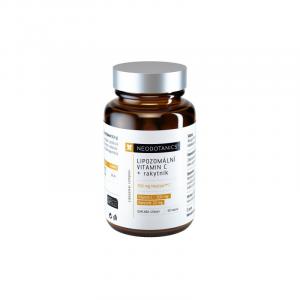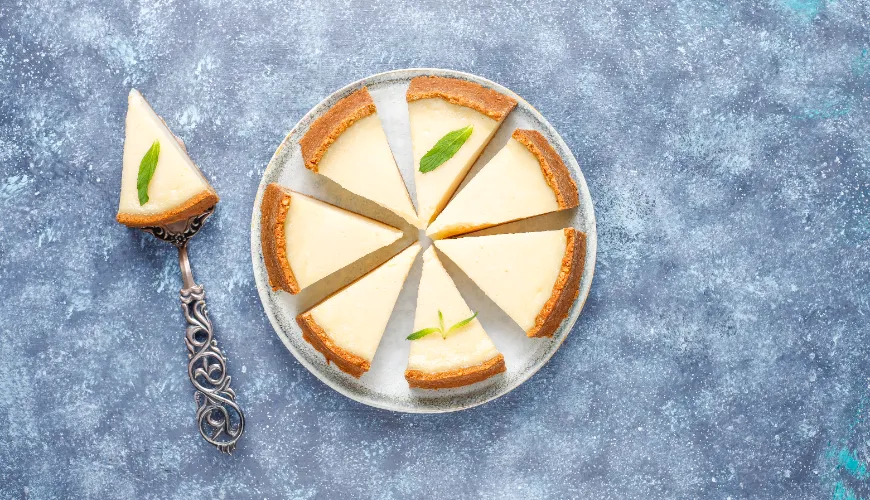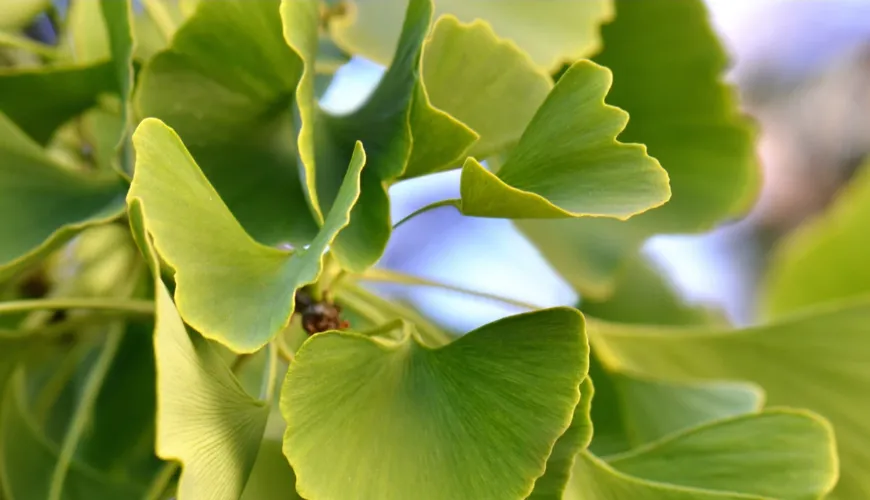
Pljeskavica hits Czech plates and brings Balkan charm
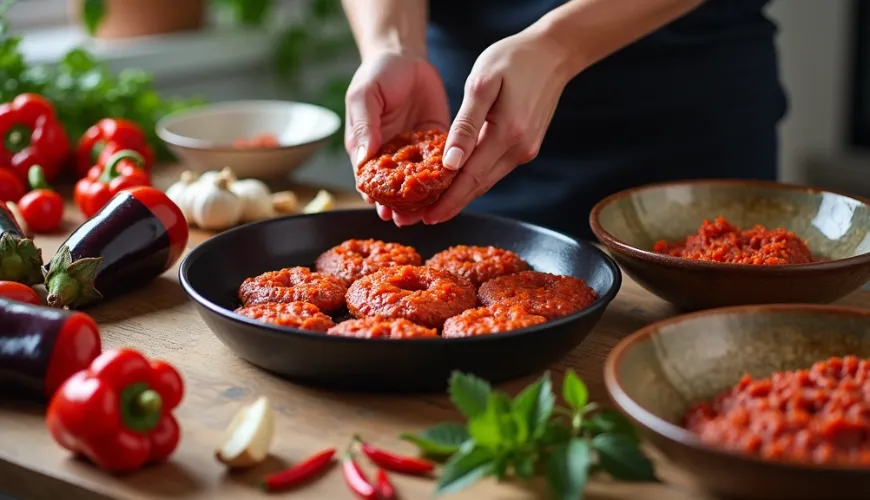
Pljeskavica - A Balkan Flavor Winning Over Czech Kitchens
The aroma of grilled meat, fresh bread, and spicy ajvar slowly fills the air. On the table is a simple dish that can evoke memories of a holiday by the Adriatic or evenings spent in a cozy Balkan restaurant. We're talking about pljeskavica – a traditional dish that for many symbolizes Balkan hospitality and culinary passion.
Pljeskavica is something between a hamburger and a meatball, but its origin and presentation set it apart from typical fast food – both visually and in taste. Although it originates from the former Yugoslavia, it has gained its greatest popularity in Serbia, Bosnia and Herzegovina, and also in Croatia, where it is a common part of menus. The Croatian version of pljeskavica often contains milder spices and less fat, while the Serbian version is more robust, juicier, and spicier.
Pljeskavica: What Makes It Unique?
It's not just about the meat. While quality beef, or sometimes a mix with pork, is the foundation, the secret of pljeskavica lies in its simplicity and preparation method. The meat is hand-kneaded with spices, often with added onion, sometimes paprika, resulting in a thin, wide flat "meatball" that is prepared on a grill or pan. For the right taste experience, the side dish is also important – and here comes ajvar.
Ajvar is a spicy vegetable paste made from roasted peppers and eggplant, sometimes mixed with garlic or chili. Its distinctive taste perfectly complements the fattier meat and adds a typical Balkan flair to the dish. The combination of pljeskavica with ajvar is almost irresistible and justifiably becoming a hit beyond the borders of the Balkans.
In some regions, sheep or cow cheese – such as kashkaval or feta – is added to the meat, creating a variant known as pljeskavica sa sirom, or pljeskavica with cheese. Additionally, it is common to serve it in pita bread or homemade lepinja, with fresh salad, pickled vegetables, and thick yogurt or kaymak.
Homemade Pljeskavica
Even if you might know it from travels or restaurants, the recipe for pljeskavica is surprisingly simple. Thanks to easily available ingredients, you can prepare it at home without complex preparations or special equipment.
Pljeskavica – Homemade Recipe (Croatian Version)
Ingredients for 4 servings:
- 500 g ground beef (or a mix with pork)
- 1 large onion, finely chopped
- 2 cloves of garlic, minced
- 1 teaspoon sweet paprika
- 1/2 teaspoon ground black pepper
- 1 teaspoon salt
- 1 tablespoon sparkling water (for tenderness)
- optionally: a piece of grated cheese (e.g., feta)
Instructions:
- In a bowl, mix the meat, onion, garlic, spices, and sparkling water.
- Knead thoroughly with your hands to combine the flavors. The longer, the better – ideally at least 5 minutes.
- Form 4 large thin patties – approximately the size of your palm.
- You can fry the pljeskavica in a pan, on a grill, or in the oven for about 4–6 minutes on each side until they are golden brown and cooked through.
- Serve in pita bread or with roasted potatoes, don't forget the ajvar and fresh vegetables.
This Croatian pljeskavica is milder and less spicy than the Serbian version, which may suit those who prefer balanced flavors. On the other hand, those who love spicier dishes can add cayenne pepper or chopped chili pepper.
Balkan Cuisine in the Czech Context
It is remarkable how Balkan flavors have spread in recent years in the Czech Republic. Restaurants focusing on Balkan cuisine are popping up like mushrooms, not only in Prague or Brno. Among the favorites are Balkan pljeskavica, ćevapi, ajvar, and various types of cheeses and sauces that fit well with the Czech style of dining.
An example is the story of Tomáš and Lenka from Olomouc, who after a trip to Croatia fell so in love with Balkan cuisine that they started making their own ajvar and later even pljeskavica at home. "We were most surprised by how simple and yet delicious the dish is. When we made it for our friends for the first time, it disappeared from the table in no time," laughs Lenka. Since then, they have been hosting "Balkan evenings" twice a year for their friends – with homemade pljeskavica, ajvar, rakija, and music. A great example of how culinary inspiration from a holiday can be incorporated into everyday life.
A Healthier Alternative? It's Possible
Although pljeskavica is not a typical diet meal, it can be adapted to healthier habits. Using leaner meat, such as pure beef or even turkey, reducing the amount of salt, and preparing without a lot of fat can make this dish a much lighter option.
Ajvar, moreover, is among healthy spreads – if prepared without preservatives and too much oil. It contains vitamin C, fiber, and antioxidants, thanks to roasted peppers and eggplant. And if you make it at home, you can be sure there's nothing extra in it. A great recipe for homemade ajvar can be found on BBC Good Food or many Czech culinary blogs.
Try our natural products
A quote from famous chef Gordon Ramsay perhaps captures the philosophy of pljeskavica: "Simplicity is the key to a perfect meal." And it is in simplicity that the beauty of this Balkan dish lies, which is finding its place even in modern kitchens.
So whether you opt for the authentic Serbian version, the milder Croatian one, or your own variation, pljeskavica is a dish that has the potential to become a staple in your home repertoire. It's a combination of rich taste, simplicity, and the opportunity to share a meal with friends or family – which is exactly what we expect from good food.
